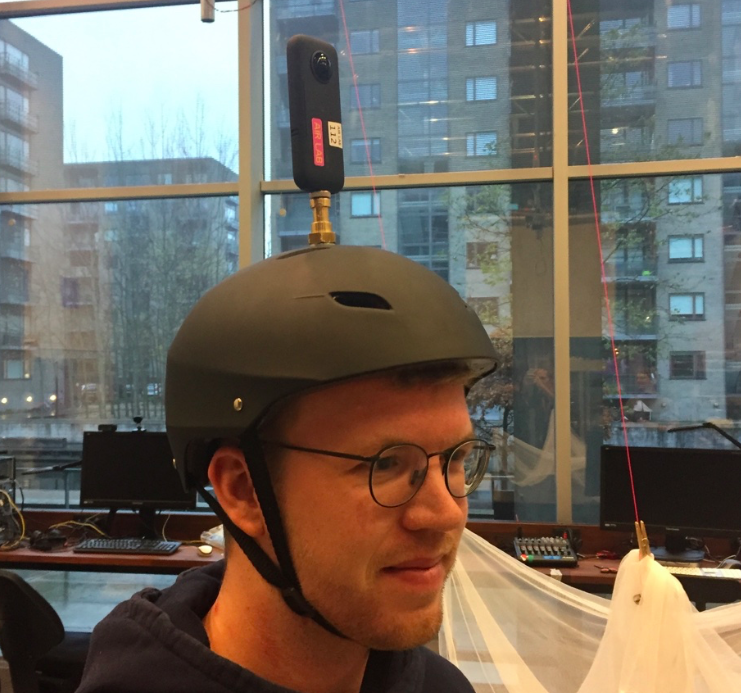In the fall semester of 2019, AIR LAB assisted students in the course “Advanced Design Processes” to build a wide array of prototypes. In this compilation we present a selection of the work that came out of the collaboration, while highlighting the most important technologies that brought these designs to life.
1. Hear Me Now
A kinetic pendant lamp reacting to noise levels in the room. It is meant to increase the awareness of the daily challenge in noisy spaces, for hearing-impaired individuals, in work environments. An increased noise level makes it hard or impossible for hearing- impaired to follow the conversations in a meeting room/work environment. The lamp therefore uses kinetics and light to express the amount of noise in a space, creating awareness for people who are not hearing-impaired.
The aim of the project was to help people hard of hearing visualize potential troubles following a conversation and discerning sound sources at a table, when using hearing aids
Primary technologies used:
Arduino, Processing, Arduino DMX shield, Motor Controller Module, Stepper motor, Microphone
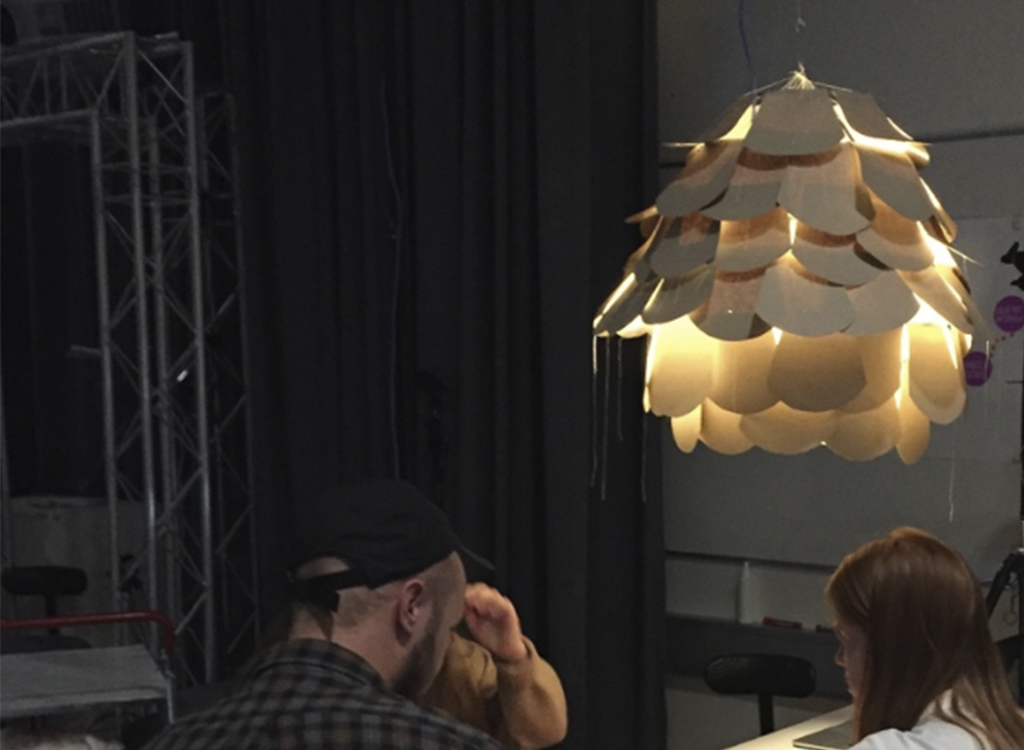
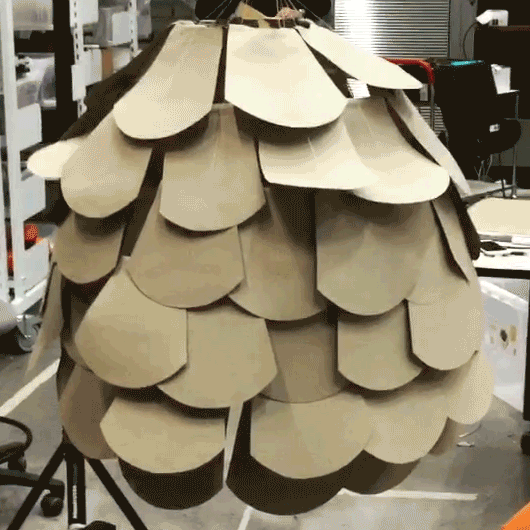
2. Shirley, the friendly wardrobe monster
This project investigates how to get children in SFOs to tidy up after themselves. It worked via a screen that displayed cartoon like graphics with the intent to nudge them to tidy up. Based on a webcam analysing the tidiness of a space, the prototype rewarded the children with more positive graphics when the spaces were clean, and the opposite when it was not.
Primary technologies used:
Processing, Camera, Frame Differencing Analysis
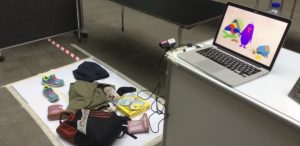
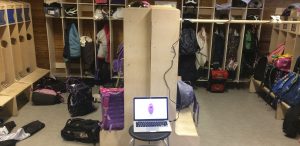
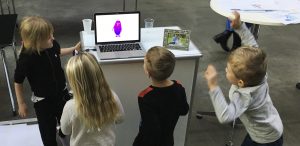

3. Movi
A friendly and rewarding plush robot meant help children with autism spectrum disorders and their parents to set goals for reading. When the goal is reached, a hatch in the back of the robot opens and reveals a gift.
Primary technologies used:
Arduino, LEDs, Button, Servo Motor

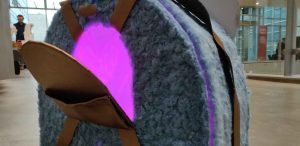
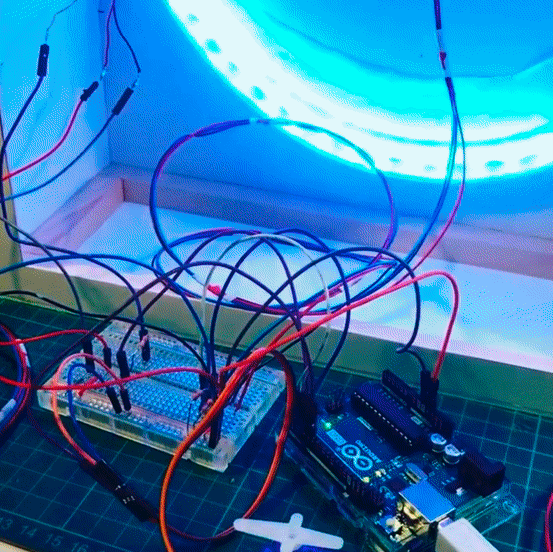
4. Frygtløs
A VR experience which aims to helping arachnophobes overcome their fear through exposure therapy.
To show affective reactions, biometric measurements was used in testing the design, which was indented as part of a therapeutic session where a therapist would cocurate the whole experience.
Primary technologies used:
VR headset, Unity, Biometric Sensors (Pulse)



5. Vennespil
An interactive prototype inspired by the classic memory card game. It is Intended to help and prepare children moving from kindergarten to primary school in a gamified and cooperative way, and help them learn what it means to be a good friend and classmate.
Primary technologies used:
MakeyMakey, Processing, Projector (Projector Mapping), Custom-made button pillows, Processing Sound Library
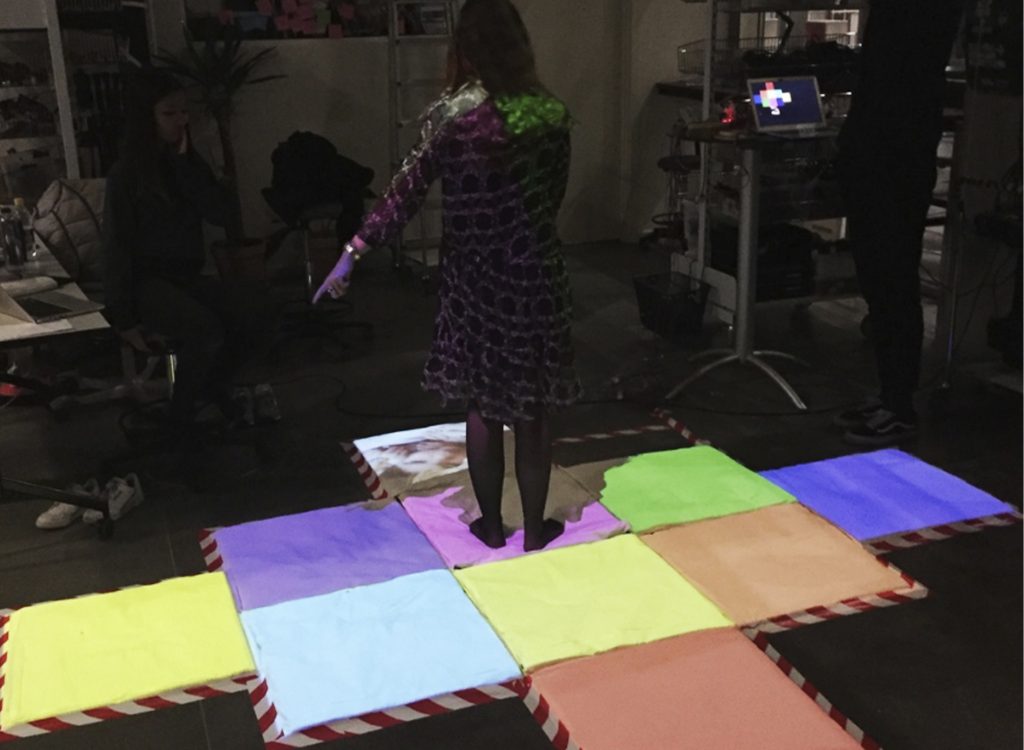
6. Elderly people in the metro
An interactive video display that disseminates information about the anxiety some elderly people feel about using public transport. This project intended to make the metro feel like a safer place. An interactive screen projection showed an older woman talking about the metro and ultimately ensuring the user that everything would be alright.
Primary technologies used:
Interactive PowerPoint presentation, Video, MakeyMakey

7. Brorsons Kirke
An interactive A/V installation about dealing with the loss of a loved one. In collaboration with Brorson Kirke, this group developed a site- specific, interactive video installation meant to convey how time stops moving when someone close to you passes away.
Besides video, the installation featured sound recordings with testimonies from people telling about loss and sorrow.
Primary technologies used:
Processing, Video, MakeyMakey

8. Destigmatizing Borderline
Individuals with Borderline experience a lot of stigma and not a lot of understanding. Through a interactive 360 video experience, this design conveys how an individual with borderline experiences everyday situations, and which challenges they face.
Primary technologies used:
VR Headset, 360° Camera
